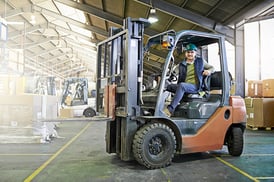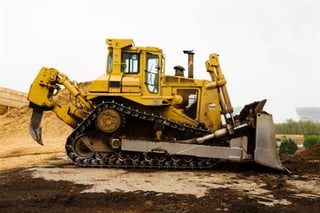
When appraising machinery and equipment, a vital component to determining value involves the development of market-derived annual depreciation curves. This concept takes both the cost and sales comparison approaches into consideration as you estimate value, factoring in your historical results, current market data, useful life, and typical losses in value year over year. This concept also acts as a "reasonableness" check with the rest of the data found in both market and industry sources.
Depreciation curves essentially illustrate how an asset's value declines over time in the real world. Lenders, leasing companies, buyers, and sellers want to gain an understanding of this concept as they look at both short and long-term investment risk. A generic straight-line or tax depreciation schedule may be convenient for tax reasons, but it rarely reflects actual market behavior.
A market-driven curve can be built using historical databases, current transactional data, auction and resale information, and the appraiser's experience valuing assets over the course of their career. This approach captures how equipment values change in practice, not just in theory.
This step in the appraisal process will lead to increased accuracy and create a reality check that reflects true resale potential rather than relying on one-off comps or broad industry data. It will also provide common-sense support that will withstand scrutiny in litigation, financing, and IRS reviews.
Developing a reliable market-based depreciation curve requires experience in valuing similar equipment over time while maintaining and tracking historical results. Also, ensure you have access to current data and a reasonable approach to interpreting it.
The creation of these market curves over time will eventually lead to more effective and efficient valuation practices. By grounding depreciation in real-world data, appraisers provide clients with accurate, defensible insights that reflect the true economic reality of machinery and equipment.
In summary, developing and maintaining market-based depreciation curves for different types of machinery and equipment will enhance your valuation practice and provide you with a "checks and balances" tool that will create more reliable appraisals that your clients will appreciate.



